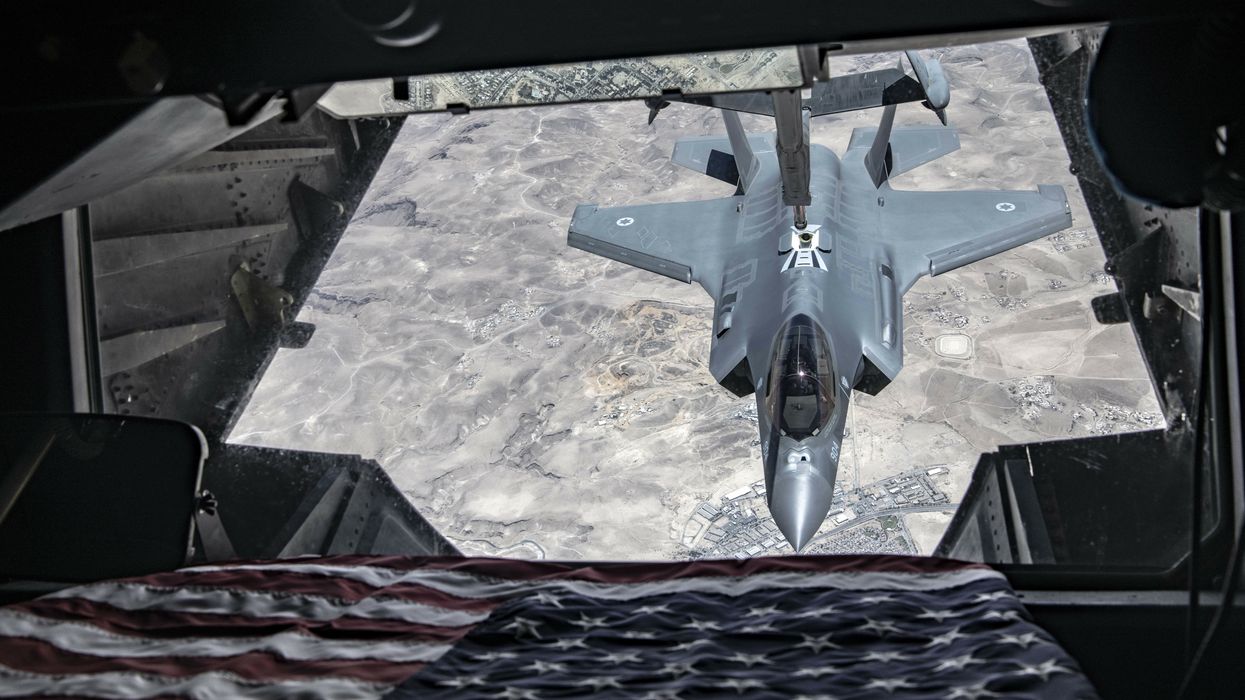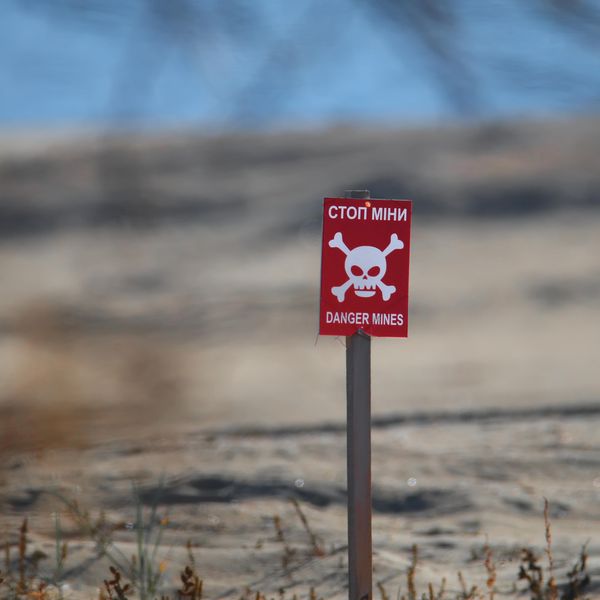According to a report in the Washington Post this morning, Pentagon officials want to revive pre-Ukraine war orders that would allow them to insert commandos in the form of "control teams" to direct Ukrainian operatives to counter Russian disinformation and monitor troops movements on the ground.
This would require the U.S. personnel to be in Ukraine or in a neighboring country.
This follows a Washington Post report last night that quoted numerous Ukrainian officials with one U.S. source saying that the U.S. provides targeting coordinates for the "vast majority" of its HIMAR and other advanced weapon strikes against Russia, if not all of them.
The exclusive report called the targeting assistance "a previously undisclosed practice that reveals a deeper and more operationally active role for the Pentagon in the war."
If the military gets its way on the commandos, it will be crossing another red line, but we'd likely never know if it actually happens, because the activities would be "top secret."
According to today's report by reporter Wesley Morgan, the U.S. had been operating such teams in Ukraine under Section 1202 of the 2019 National Defense Authorization Act until the invasion last year, when the orders were yanked.
Military officials are eager to restart these activities in Ukraine to ensure that hard-gained relationships are not lost as the war wears on, said Mark Schwartz, a retired three-star general who led U.S. Special Operations in Europe when the programs began in 2018. “When you suspend these things because the scale of the conflict changes, you lose access,” he said, “and it means you lose information and intelligence about what’s actually going on in the conflict.”
Sometimes these "control teams" of American commandos (which operate all over the world in conflict zones) can do their thing from a neighboring country, but they are also known to be inserted into the same territory as their operatives, according to Morgan. According to reporter Nick Turse, who writes extensively about the top secret orders authorizing U.S. forces to operate in places we don't know about, Section 1202 orders require less oversight and are "used to provide support to foreign forces, irregular forces, groups, or individuals" taking part in irregular warfare.
The Washington Post report indicates that this request likely won't be resolved until the fall, but it is yet another reflection of forces inside the U.S. government that are angling to get closer to the conflict in order to assist the Ukrainians. For that reason, they may not get their way with skeptical members of Congress. "What started as a reconnaissance mission can quickly turn into combat when the surrogates start getting shot at,” said one official. “I think that’s a real possibility in Ukraine, and I’m not sure how the department is going to change people in Congress’s minds about that.”
Meanwhile, last night's story on the targeting aid is a confirmation of what many had guessed all along — that Ukrainians are unable to operate the sophisticated weaponry the U.S. is giving them without assistance, and shows, too, that we are closer to direct combat with Russia than acknowledged.
One senior Ukrainian official said Ukrainian forces almost never launch the advanced weapons without specific coordinates provided by U.S. military personnel from a base elsewhere in Europe. Ukrainian officials say this process should give Washington confidence about providing Kyiv with longer-range weapons.
A senior U.S. official — who, like others, spoke on the condition of anonymity because of the sensitivity of the issue — acknowledged the key American role in the campaign and said the targeting assistance served to ensure accuracy and conserve limited stores of ammunition for maximum effectiveness. The official said Ukraine does not seek approval from the United States on what to strike and routinely targets Russian forces on their own with other weapons. The United States provides coordinates and precise targeting information solely in an advisory role, the official said.
The Pentagon issued a statement confirming the assistance, but emphasizing that “Ukrainians are responsible for finding targets, prioritizing them and then ultimately deciding which ones to engage. The U.S. does not approve targets, nor are we involved in the selection or engagement of targets.”
It did not comment on the suggestion that Ukrainians are completely dependent on the U.S. to fire these weapons. As one Ukrainian suggested to the paper, even if they were to get the more sophisticated ATACM missile systems they are asking for, the U.S. shouldn't be afraid of their misuse (firing into Russia). “You’re controlling every shot anyway, so when you say, ‘We’re afraid that you’re going to use it for some other purposes,’ well, we can’t do it even if we want to.”
My colleague Anatol Lieven, director of the Quincy Institute's Eurasia Program, had this to say:
"It is very difficult to see how if U.S.-employed Ukrainian operatives are sent on reconnaissance missions into Russian-held territory, they will not identify targets for attack by Ukrainian artillery and aircraft. Members of Congress need to ask themselves how America would react if these positions were reversed, and how long it will be before Russia retaliates against the United States for U.S. intelligence help to Ukraine that has killed so many Russian soldiers."
















